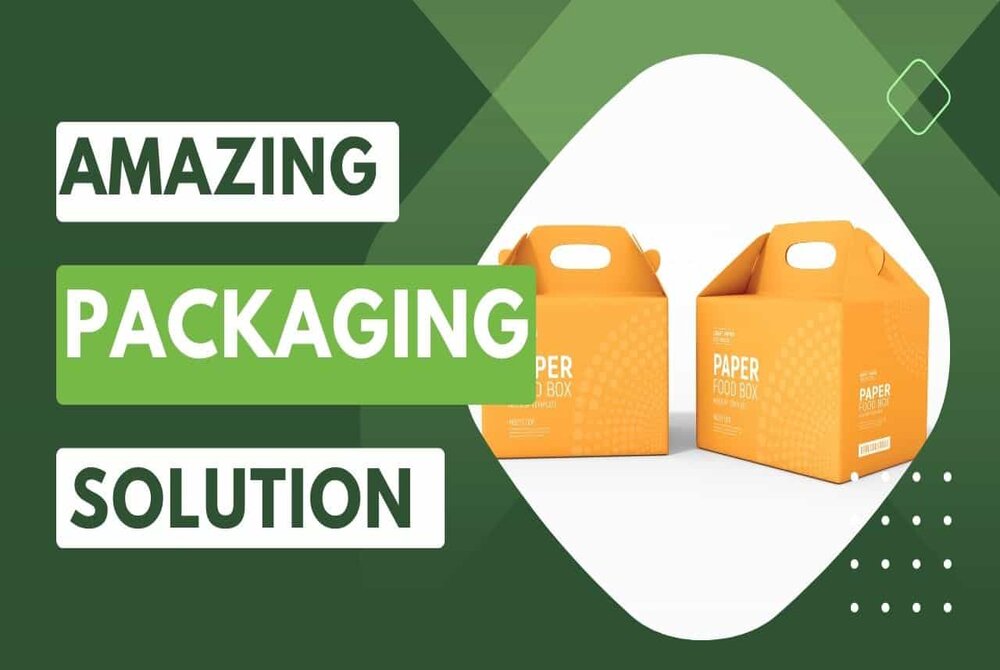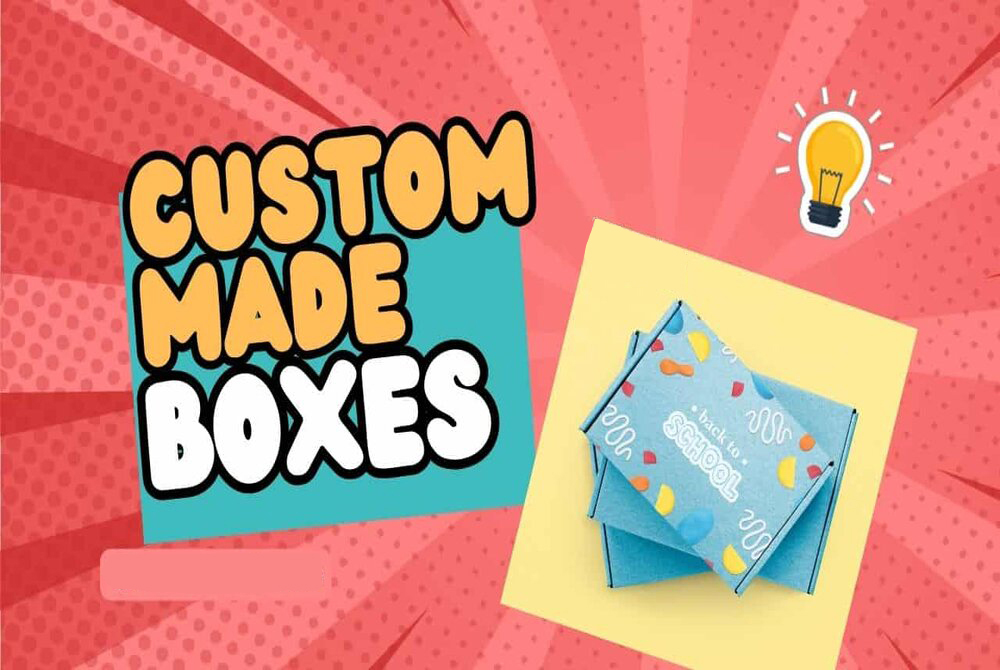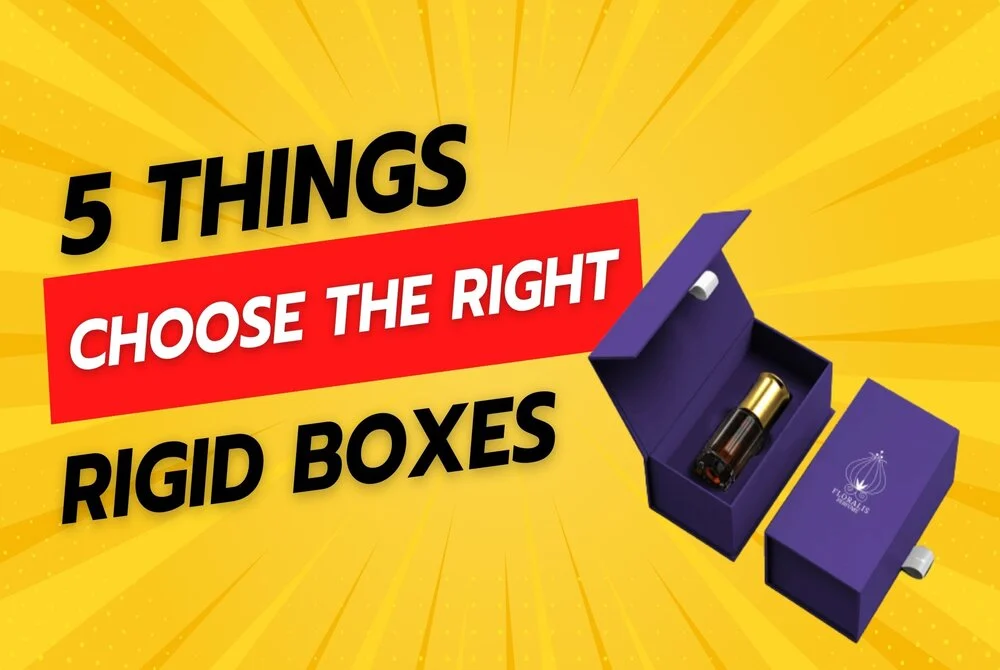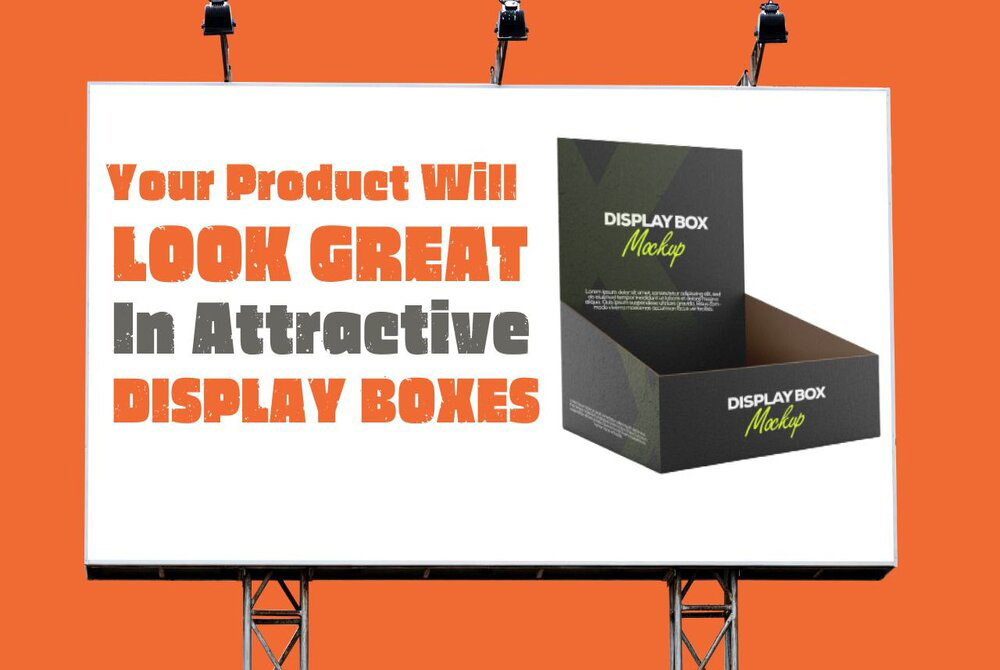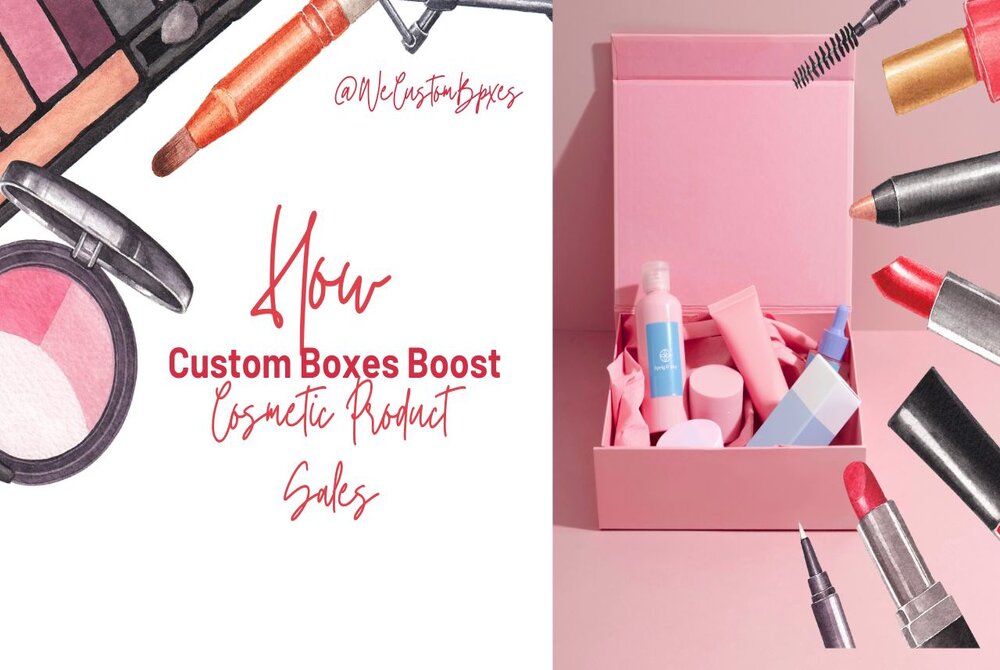The quality of packaging material plays a substantial role in laying a remarkable base for a packaging solution. You might have heard that what matters is the product; its features, quality, and feasibility. However, the packaging impression can highly influence customer behavior. The sleek packaging can excellently do this job. Speaking of rigid boxes, most brands use them to add a luxurious impression to their products.
Rigid box packaging can be gained effectively once you get to know the characteristics of the material.
Anyhow, let's discuss what is rigid packaging, what are the material options and how can you have the best packaging material.
What Are Rigid Boxes?
Rigid boxes, as the name depicts, are hard and non-flexible. They are also known as set-up or gift boxes. The packaging stock used in the manufacturing of rigid boxes is thicker than that of the simple board boxes. Generally, the stock sheets for rigid containers are 4 to 6 times more depending upon the material you want to use.
Rigid custom packaging adds beauty to the product while retaining simplicity. Or you can say these boxes are simply magical and can lure the audience in no time. These boxes can be used for a wide variety of products such as jewelry, perfumes, beauty products, and other luxurious products.
Various Types Of Materials

Rigid packaging does not bound you to a particular type of packaging material; rather you can have different options of materials so that you can choose the material that would abide by your interest. These material options are not only for the external encasement but also for the inserts. These materials include:
- Paperboard
- Chipboard
- Corrugated cardboard
- Different inserts (cardboard, plastic, styrofoam, and foam core)
Read More: Get A Range of Favorite Rigid Boxes for Top Luxury Brand
Comparing The Features Of Materials
If you are getting rigid boxes for the very first time, you must know its peculiarity with other packaging solutions. Different materials are used for the manufacturing of rigid boxes. However, every material has a different nature and you can choose the most suitable one by comparing their characteristics.
1) Cost
Rigid custom boxes are an expensive solution that is why brands use these boxes for high-end items. To get these boxes, you must have a flexible budget or a budget with a considerable margin. But these boxes are worth investing in and so no regrets if you can afford them. You may get these boxes at a slightly reasonable price depending upon the material you use.

- For chipboard packaging material, you have to spend more material so that it gives you more sleek packaging. However, it is less costly than corrugated cardboard. In the case of laminated chipboard, more layers of stock are bonded together which may become an expensive solution.
- Paperboard is less expensive but you have to bond more layers of material in case of rigid packaging which can also become an expensive option.
- In the case of corrugated cardboard material, it is not a wise investment when it comes to luxurious items as corrugated cardboard is usually utilized for basic items.
2) Strength
The strength of the packaging solution is its backbone and therefore considered carefully or else you will be ending up wasting your money. As far as rigid boxes are concerned, they are the best ones when we speak about robust packaging. However, the level of strength may vary based on the type of packaging material you use.
- Chipboard packaging material is highly robust. The laminated chipboard carries more strength. It can bear the external pressure more effectively and therefore does not get easily damaged.
- Paperboard is manufactured like simple paper but it has great strength. It has a great stiffness due to which it can withstand bending or deformation. The laminated paperboard performs better when it comes to making the packaging solution heat-resistant.
- Speaking of corrugated cardboard material, its strength depends upon the number of walls (plain walls and flute) used in the sheets. The more thick flute you use, the sturdier packaging will become.
3) Brand Image
Packaging has been serving the facility of branding for a long time. And when it comes to rigid packaging, the brand image becomes even more elite and sophisticated. If you want to choose the material based on brand image, consider the following aspects.

- Chipboard gives you sleek packaging and it plays well when it comes to displaying the products in retail and creating an enchanting impression. You may also use different inserts such as foam core and cardboard or plastic inserts to improve the customer experience.
- Paperboard gives you more bright packaging due to the whiteness it has. The smooth texture of the paperboard also conveys a good brand reputation. Styrofoam, cardboard, and plastic materials can be used for inserting.
- If you are looking for a solution that will upscale your business and convey a brilliant brand story, then corrugated cardboard material would not be a good option. It is effective for just delivering the product safely to its destination without considering the brand image.
4) Environmental Impact
Communicating that your brand takes care of environmental sustainability is a smart approach. It not only highlights your sincerity for the planet but also convinces the potential audience to choose you over others. This is because most people consider environmental factors while purchasing any product.
- Chipboard material contains natural fibers and therefore it is made of recyclable material. It is unbleached and therefore completely degradable.
- Paperboard is also a green material as it is prone to great recyclability. For the production of paperboard, wood pulp is mostly used which is highly biodegradable.
- Corrugated cardboard material is also highly recyclable and biodegradable as it is also made of natural extracts and biogenic materials.
Bottom Line

Rigid packaging gives a high-end solution to the brands to highlight their brand image. For the manufacturing of these boxes, you must choose the suitable packaging material including chipboard, paperboard, corrugated cardboard, and different inserts. You can achieve this goal by comparing these materials based on brand image, composition or strength of materials, price range, and environmental impact.


